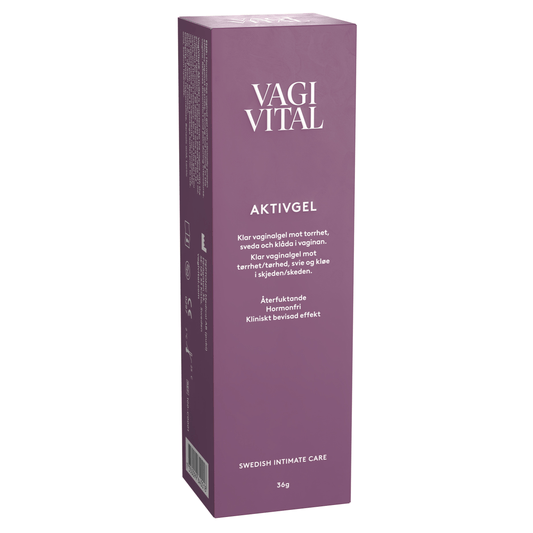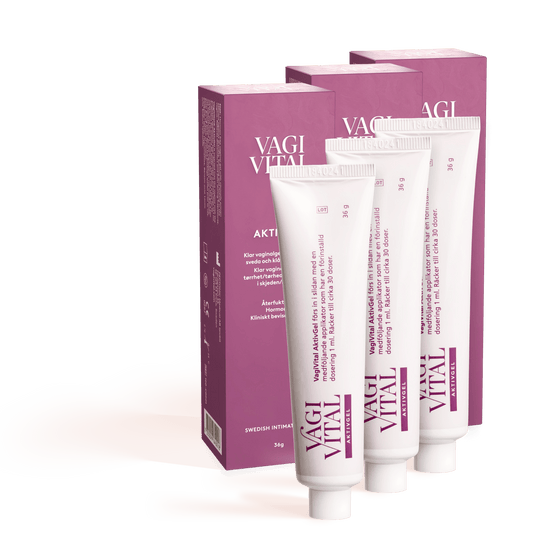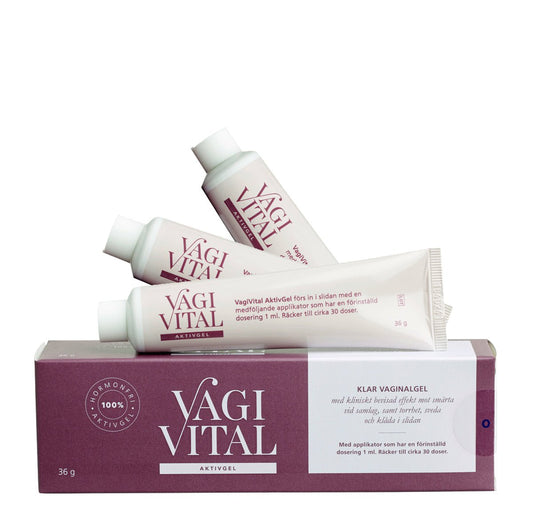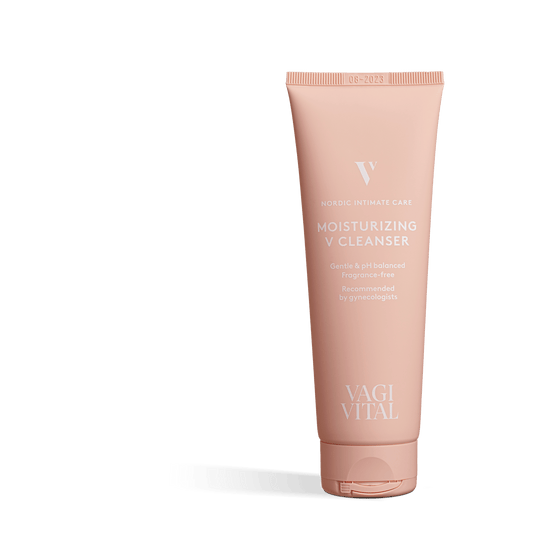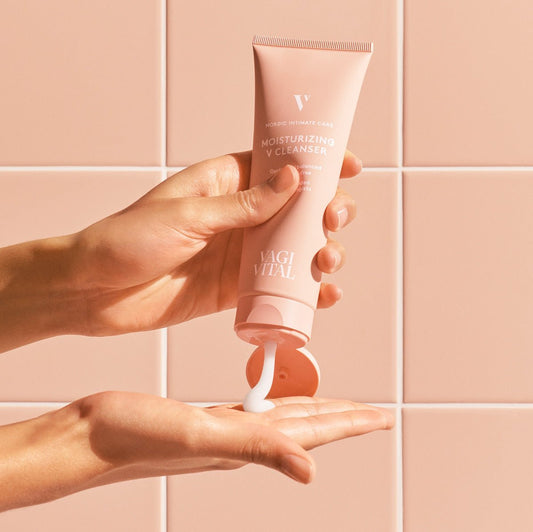Provoked Vulvodynia – when light touch causes pain
Provoked vulvodynia (previously often called vestibulitis) is a chronic pain condition affecting the vulva that occurs during touch or penetration. The condition is complex and often involves multiple underlying factors, including nervous system sensitivity, pelvic floor muscle function, and psychosocial influences. The pain can be intense, yet often invisible to others, which can lead to misunderstandings or underestimation within healthcare. Provoked vulvodynia affects both physical health and psychological well-being. Early diagnosis and a holistic treatment approach are therefore crucial to relieve pain and improve the quality of life for women who are affected.
About Provoked Vulvodynia?
The condition is defined as recurring pain in the vulva that occurs during physical touch, for example during sexual intercourse, gynecological examinations, or sometimes even when clothing rubs against the skin. The pain may be described as burning, stinging, stabbing, or pressure-like, and is often localized to the vaginal opening or vestibule – the area surrounding the entrance to the vagina.
What distinguishes provoked vulvodynia is that the pain is provoked – it primarily occurs with touch and may be absent when the vulva is not exposed to pressure or stimulation. This differentiates it from generalized vulvodynia, where pain can occur even without physical contact.
Causes and Mechanisms
The exact causes of provoked vulvodynia are not fully understood, but research points to several possible factors:
Nerve involvement: Over-sensitivity in the nerve endings of the vulvar skin can make normal pressure painful.
Muscle tension: Tight pelvic floor muscles can both cause and amplify the pain.
Inflammatory or hormonal factors: Small inflammatory processes or hormonal changes can increase sensitivity.
Psychological and social factors: Stress, anxiety, and previous traumatic experiences can exacerbate the pain.
Pain is therefore a complex interaction between the body and psychological factors. Because the pain is difficult to measure with traditional tests, women may sometimes feel that they are not taken seriously.
Treatment and Support
There is no single solution for treating provoked vulvodynia, but several evidence-based strategies can help reduce pain and improve quality of life. A combination of physical, local, and psychological approaches is often used to address the different aspects of the condition:
- Pain management and physiotherapy: Specialized pelvic floor physiotherapy can help muscles relax, reduce pain, and increase the sense of control over the body.
- Local treatment: Creams, gels, or medications that reduce nerve sensitivity can be tried to alleviate symptoms.
- Sexual counseling: Supports women and their partners in finding ways to maintain intimacy and closeness despite the pain.
- Cognitive Behavioral Therapy (CBT): Helps women manage pain, stress, and anxiety, and strengthens their ability to live as normal and active a life as possible.
Beyond treatment, understanding from family and healthcare providers is essential. Being listened to, believed, and understood is often as important as the treatment itself. By spreading knowledge about provoked vulvodynia, stigma can be reduced, and more women can feel empowered to seek help.
Recommended products for you
- Choosing a selection results in a full page refresh.
- Opens in a new window.

